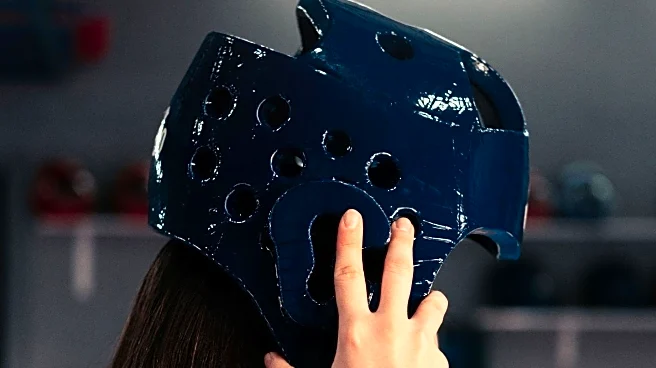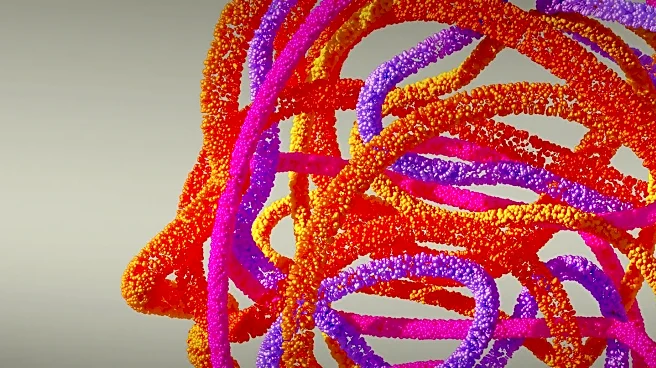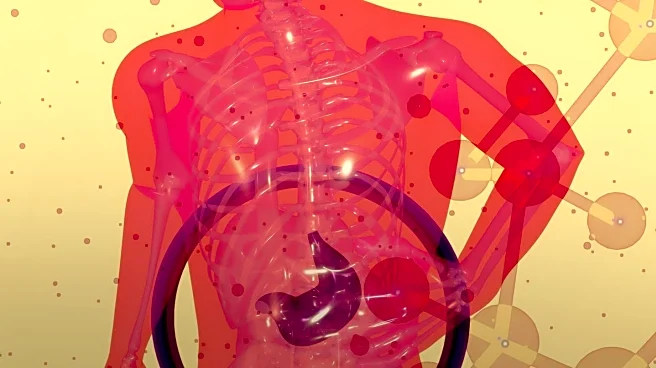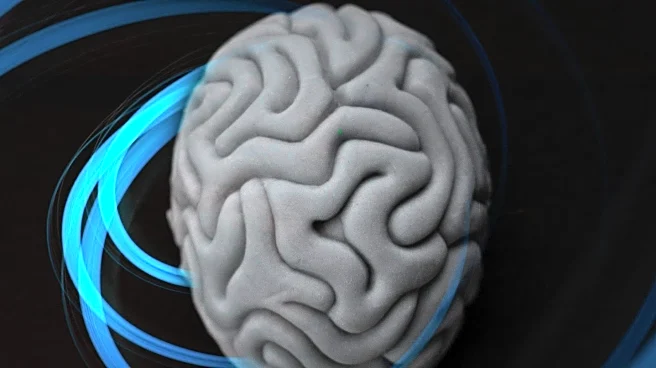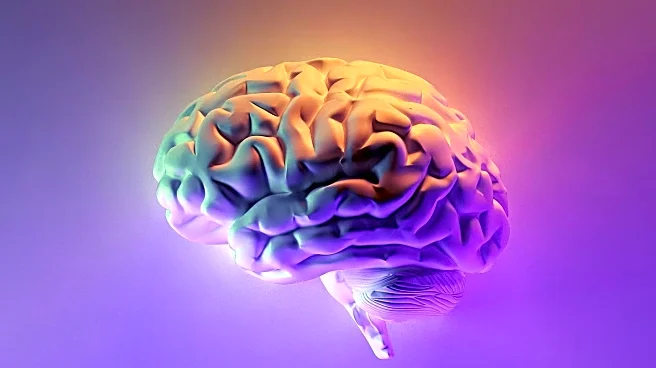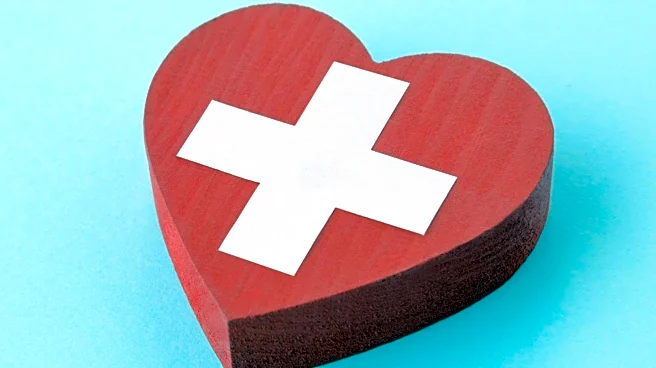What's Happening?
Researchers at Cheonan Hospital, affiliated with Soonchunhyang University, have discovered a link between psychological and cranial neurophysiological factors in adolescents who engage in non-suicide self-harm. The study, led by Professor Shim Se-hoon, involved analyzing brain waves of 51 adolescents who self-harm and 50 who do not. The findings revealed that self-harming adolescents exhibit reduced amplitude in brain waves at specific electrodes, indicating impaired control over self-harm impulses and decreased attention concentration. The study suggests that abnormalities in brain electrodes are related to depression and interpersonal stress, with decreased brain activity in the frontal lobe contributing to impulsive behavior.
Why It's Important?
The study's findings are significant as they provide a deeper understanding of the neurophysiological underpinnings of non-suicide self-harm among adolescents, a growing social concern. By identifying specific brain wave patterns associated with self-harm, the research opens avenues for targeted interventions. Cognitive behavioral therapy and medication could be tailored to address the emotional and neurophysiological aspects of self-harm, potentially improving treatment outcomes. This research could influence mental health policies and practices, emphasizing the need for integrated treatment strategies that focus on both psychological and neurophysiological factors.
What's Next?
The study suggests the need for integrated treatment approaches combining cognitive behavioral therapy and medication to manage mood and impulse control in adolescents with self-harm tendencies. Future research may focus on developing customized treatment strategies that alleviate depressive symptoms and enhance impulse control. Mental health professionals and policymakers might consider these findings to improve therapeutic interventions and support systems for adolescents. Additionally, further studies could explore the long-term effectiveness of these integrated treatments in reducing self-harm behaviors.
Beyond the Headlines
The research highlights the complex interplay between psychological and neurophysiological factors in adolescent self-harm, suggesting broader implications for understanding mental health disorders. It underscores the importance of addressing both emotional and brain activity components in treatment, which could lead to more holistic approaches in mental health care. The study also raises ethical considerations regarding the use of neurophysiological data in diagnosing and treating mental health issues, prompting discussions on privacy and consent in medical research.


